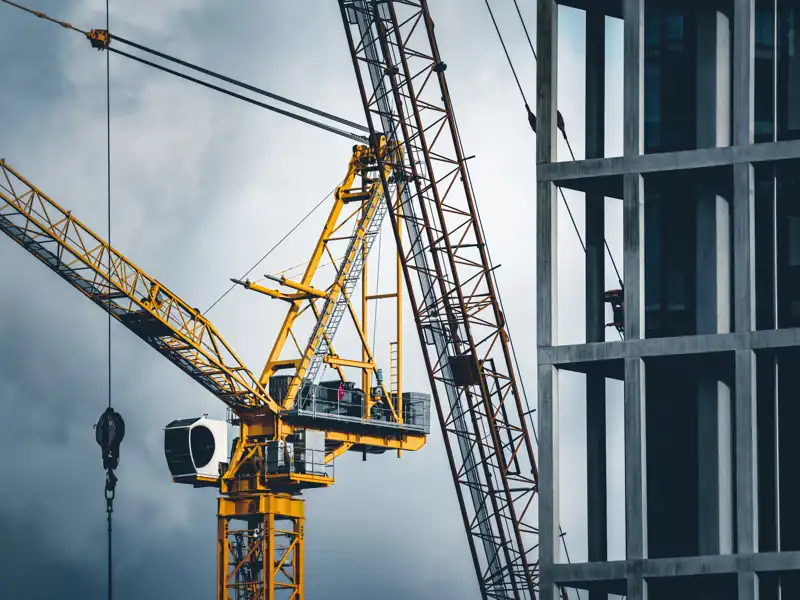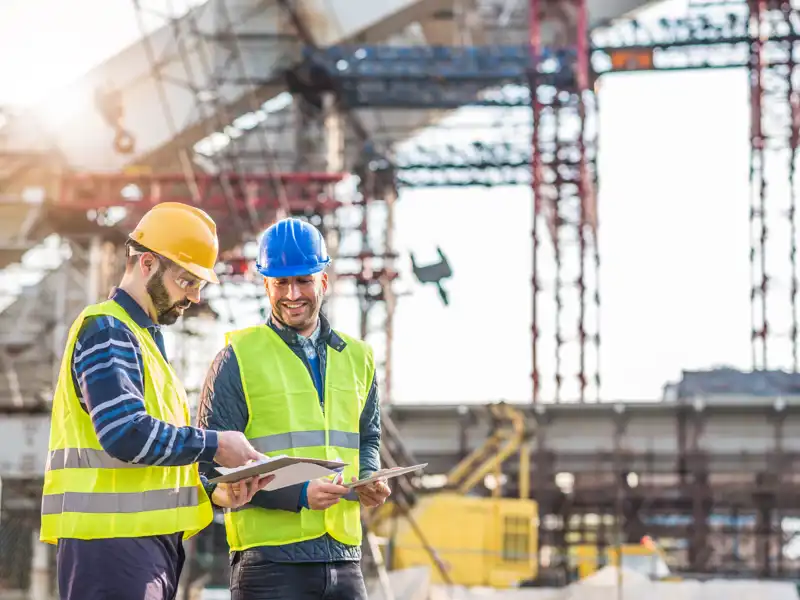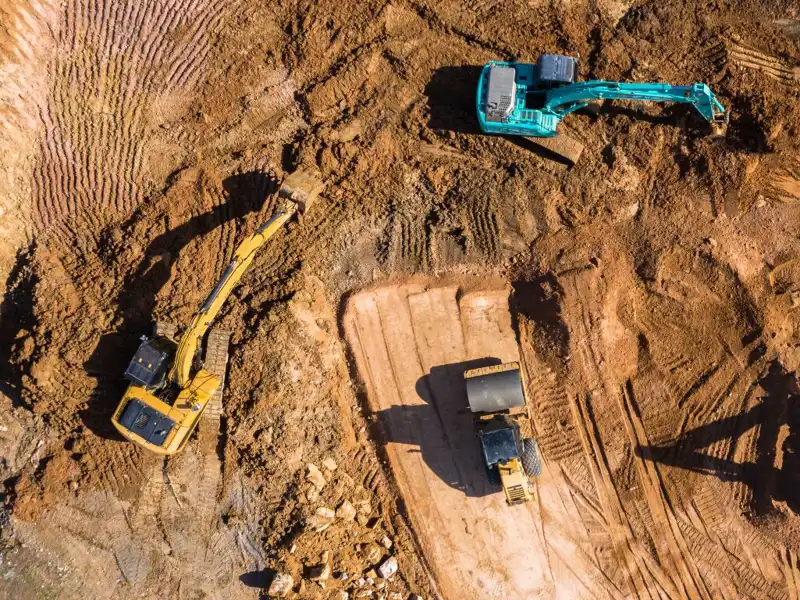Smart Construction: The Role of IoT Backbones in Construction Sites
[00:00] Narrator
Maintaining construction and infrastructure safety is necessary to keep workers safe and construction sites operating efficiently. Thanks to IoT or Internet of Things, construction sites can run more smoothly and provide greater safety for workers, contribute to increased productivity, cost savings, and reduced risk, ensuring a more sustainable and profitable industry. We work with insurance carriers that are motivated and incentivized to invest in the IoT backbone on construction sites.
[00:31] Narrator
IoT is a network of physical objects or devices that use technology to share data and information with each other. IoT devices can detect and share almost anything they are programed to, and nearly any object can be an IoT device. The collected and shared information forms a support system or backbone of information and data that is beneficial to construction sites.
[00:55] Narrator
Here are some examples of how an IoT backbone can be used to improve construction sites. Water IoT described sensors that can detect water usage and water leaks. These sensors can have automatic shut off features for objects they are built into, and are useful for preventing water damage on construction sites.
Wearable IoT
[01:14] Narrator
Wearable IoT refers to any smart wearable item such as AR glasses, helmets, watches, and body movement monitoring devices and vests. Wearable IoT can collect a worker's location and real time movements. Wearable IoT can improve construction safety and workflows by monitoring proximity to useful or potentially hazardous material. This can prevent accidents and helps to maintain worksite security and can greatly reduce costly worker's compensation claims.
Environmental IoT
[01:46] Narrator
When it comes to measuring temperature, humidity, air quality, and other environmental factors, environmental IoT is very useful for construction sites and buildings. Environmental IoT can inform workers of harsh weather conditions and help with storage planning for equipment. This benefits worker safety and protects valuable goods. These insights help mitigate risks related to worker health, material degradation, and project delays, potentially impacting all project-specific insurance covers.
Structural IoT
[02:18] Narrator
Structural IoT can detect the maturity of concrete, its real time strength, and its temperature, and collect curing data for the concrete. Structural IoT helps to prevent property losses and casualties. This real time data enabled better quality control and reduces the risk of structural failures.
Reality Capture
[02:30] Narrator
Reality capture refers to real time surveillance of worksites. Worker-wearable cameras, drones, and fixed cameras are excellent ways to view all kinds of worksite conditions in real time. This helps with job safety, planning and overall site security. This data helps identify and address potential hazards, improving safety and reducing the likelihood of claims.
Excavation Sensor Technology
[03:00] Narrator
Another area where IoT is making a significant impact is through excavation sensor technology. Excavation is a crucial part of construction projects, and ensuring safety and accuracy in this process is vital. Excavation sensors can monitor soil conditions, detect underground utilities, and track the movements of excavation equipment in real time. This data allows for better decision making, less mishaps optimizing equipment usage. This leads to safer work environments and a reduction in potential claims related to excavation accidents.
Conclusion
[03:33] Narrator
Working in construction comes with day to day risks that need to be managed, and IoT can help improve construction operations and worker safety. Further, the insurance sector is beginning to not only see the benefits of these IoT backbone component parts, but they are starting to help cover the costs to put these risk-reducing solutions on your jobsite.
Thanks for watching.
Thanks to the Internet of Things (IoT), construction sites can run more efficiently and improve worker safety.
The emergence of IoT devices in the construction industry has enabled the creation of a “smart connected job site” where data can flow from the project back to the office in real time. Monitoring job sites in real time has created the opportunity to increase productivity, reduce risk, and help manage costs, ensuring a more sustainable and profitable industry.
IoT is a network of physical objects or devices that use technology to share data and information with each other. These devices can share almost anything they are programmed to and nearly any object can be an IoT device. The collected and shared information forms a support system, or backbone, of information and data that is beneficial to construction sites.
Some examples of IoT in action:
Water IoT describes sensors that can be used to detect water usage and water leaks. These sensors can have automatic shutoff features for objects they are built into and are useful for preventing water damage on construction sites.
Wearable IoT refers to any device (e.g., watches, AR glasses, helmets, body movement monitoring devices, vests, etc.) that can collect data on a worker’s location and movements and improve safety and workflows.
RFID tags that connect to job site beacons can help companies understand and track the number of workers on job sites, which can help with emergency response. This smart tech also provides the workers with identification and specific health information for first responders.
Sensors on equipment to help with monitoring productivity, costing allocations, maintenance optimization and security.
Sensors that monitor concrete hydration help ensure that the structural elements meet the specified requirements.
Environmental IoT is useful for monitoring temperature, humidity, air quality and other environmental factors on a worksite. This form of IoT can inform workers of harsh weather conditions that can make a construction site or certain operations unsafe.
IoT systems that are deployed during construction to help monitor risk and productivity can also be used to help track assets for long term operations of the facilities.
These offerings help mitigate risks related to worker health, material degradation and project delays.
Currently, insurance companies are evolving their coverage solutions to support the growing use of IoT technology in the construction industry. NFP works with insurance carriers that are motivated and incentivized to invest in IoT on construction sites.






